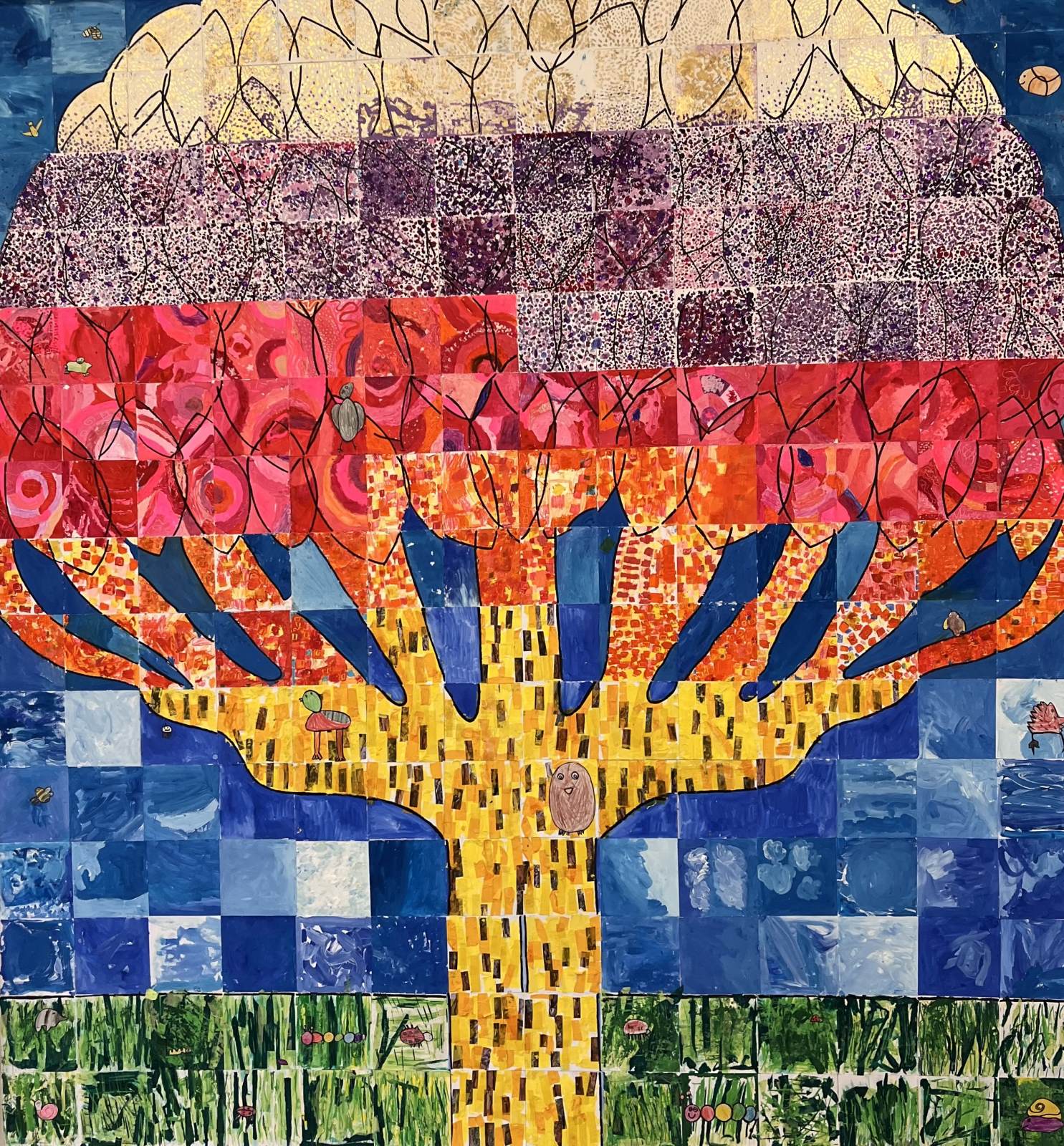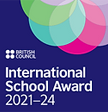Art & Design
Our philosophy & culture
At Priors Field the aim of our Art curriculum is to inspire children and develop their confidence to experiment and invent their own works of art. Our curriculum is written by experts in their field and designed to give children every opportunity to develop their ability, nurture their talent and interests, express their ideas and thoughts about the world, as well as learning about art and artists across cultures and through history.
How children learn Art & Design
Sequenced Curriculum
Our Art curriculum is carefully planned and sequenced to ensure progression and continuity in children's learning. It is designed with five strands that run throughout. These are:
- Generating ideas
- Using sketchbooks
- Making skills, including formal elements (line, shape, tone, texture, pattern, colour)
- Knowledge of artists
- Evaluating and analysing
Units of lessons are sequential, allowing children to build their skills and knowledge, applying them to a range of outcomes. The formal elements, a key part of the National Curriculum, are also woven throughout units.
Skill Development
Key skills are revisited again and again with increasing complexity in a spiral curriculum model. This allows children to revise and build on their previous learning. Units in each year group are organised into four core areas:
|
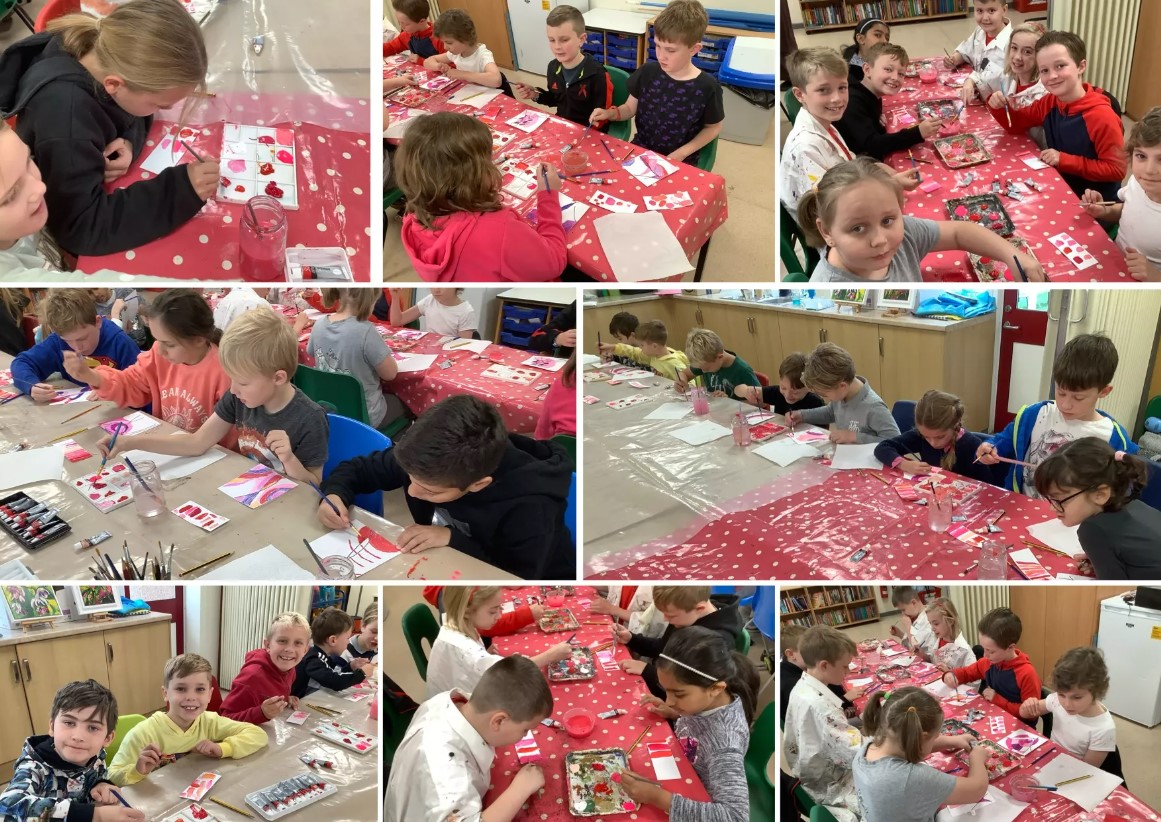 |
Creativity and Expression
We place a strong emphasis on fostering children's creativity and self-expression. We provide regular opportunities for children to generate and explore their own ideas, encouraging them to take risks and experiment with different artistic techniques and processes. Teachers model and promote an open-minded and positive attitude towards creativity, valuing unique and original approaches whilst still encouraging knowledge-rich outcomes.
Cross-Curricular Links
Art is integrated into the broader curriculum, providing opportunities for interdisciplinary learning. We actively seek connections between Art and other subject areas, such as history, geography, science, and English. This approach allows children to apply their artistic skills and knowledge in a meaningful context, enhancing their understanding of different subjects.
High-Quality Resources and Environments
We ensure that the resources, materials, and equipment provided for Art lessons are of high quality and suitable for children's age and ability. Lessons are always practical in nature and encourage experimental and exploratory learning with children using sketchbooks to document their ideas. Learning is adapted to ensure that the Art curriculum can be accessed and enjoyed by all children and their are opportunities to stretch children's learning and nurture talent. Teachers keep a visual record of the key knowledge and techniques learned, encouraging recall of skills processes, key facts and vocabulary. Videos created by subject specialists help children to see art techniques modelled by experts, to ensure the delivery of Art in school is of the highest quality.
The impact of the Art & Design curriculum |
|
Pupil Achievement and Progress
Our Art curriculum involves children in the evaluation, dialogue and decision making about the quality of their outcomes and the improvements they need to make. By taking part in regular discussions and decision making processes, children will not only know facts and key information about art, but they will be able to talk confidently about their own learning journey, have higher metacognitive skills and have a growing understanding of how to improve. We constantly monitor progress through both formative and summative assessment opportunities against the learning objectives. Children's artwork is celebrated and displayed within the school and wider community, fostering a sense of pride and accomplishment.
Love for Art and Cultural Enrichment
We measure the impact of our Art curriculum through the enthusiasm and engagement demonstrated by pupils. We encourage pupils to visit art galleries, exhibitions, and museums, and we invite local artists to deliver workshops and share their expertise. Pupil voice is valued, and their feedback is sought to continually evaluate and refine our Art provision.
Cultural and Social Awareness
Our Art curriculum helps pupils develop an understanding and appreciation of different cultures, traditions, and perspectives. Through the study of diverse artists and art forms, we aim to promote tolerance, respect, and empathy, fostering an inclusive environment where pupils can celebrate and embrace cultural diversity.
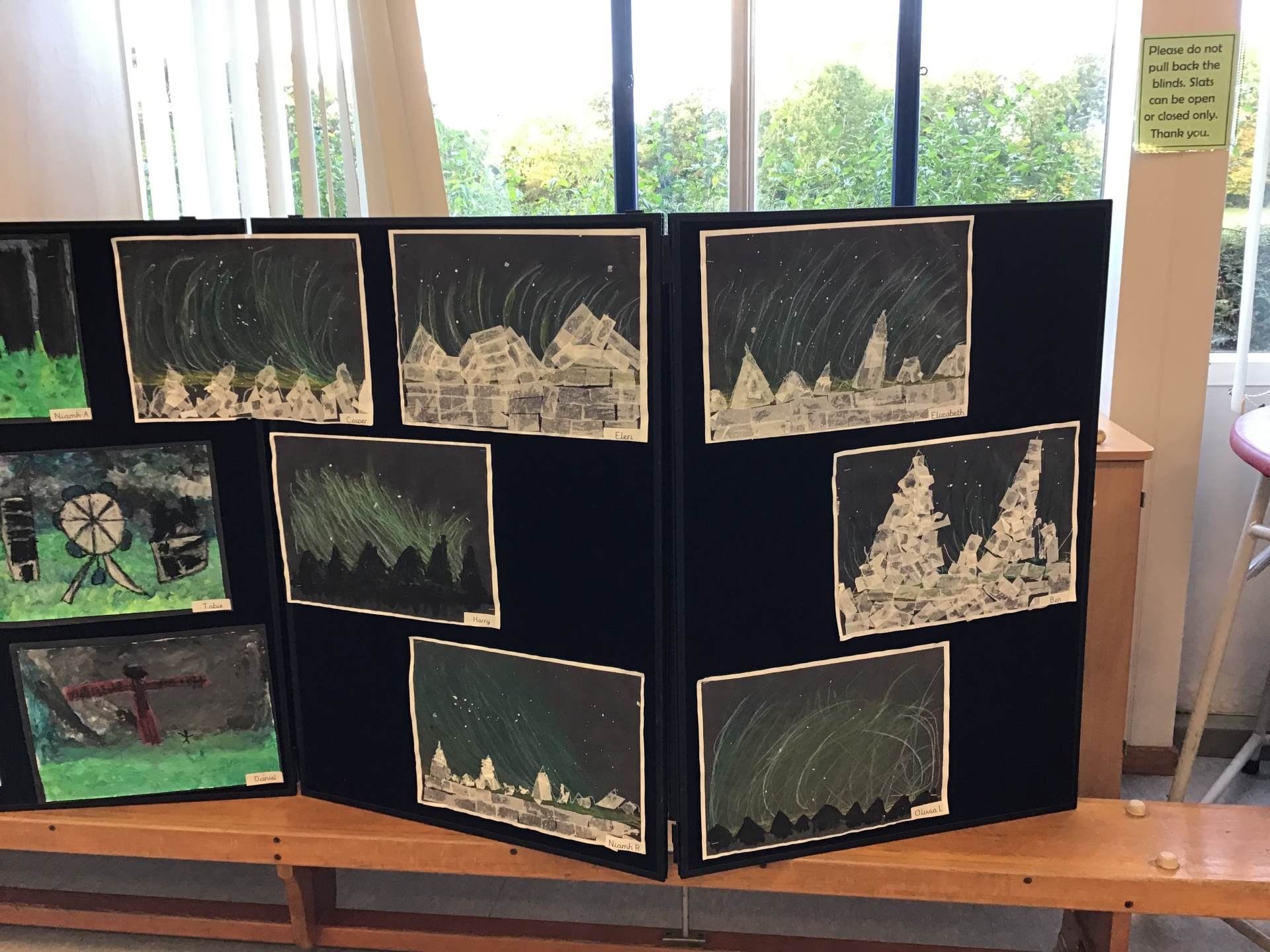
Through our excellent Art provision, we aspire to create a nurturing and inspiring environment where children can discover their creative potential, develop cultural awareness, and acquire skills that will shape their future artistic endeavours.

